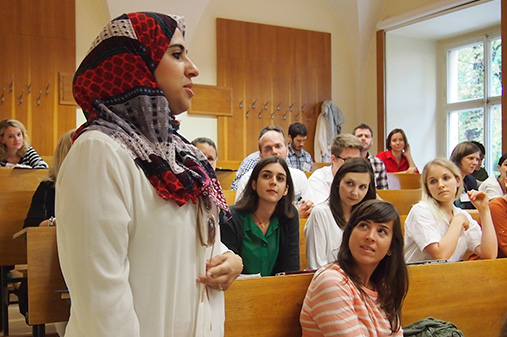Canada
Frequently Asked Questions
Alberta
Any licensed physician can perform telemedicine visits.
Manitoba
Any licensed physician can perform telemedicine visits.
Ontario
Any licensed physician can perform telemedicine visits. Before Covid required to use Ontario Telemedicine Network systems. Since Covid can use any videoconferencing software and use telephone calls.
Quebec
All licenced physicians may use telephone or a choice of 3 telemedicine software options. REACTS (integrated into EMR) is approved and available to all physicians. ZOOM and Microsoft Team also can be used. Not allowed to use email or FaceTime
Nova Scotia
All licensed physicians had access but had limited use before Covid in regional hospitals with limited time.
Alberta
Telehealth was well reimbursed by provincial health system and same as in person visits. There is a general telephone fee code.
Manitoba
Telehealth was well reimbursed by provincial health system before Covid-19
Ontario
Telehealth is reimbursed at the same rate as in person visits through the provincial health system.
Quebec
Billing codes are identical for telephone and videoconferencing.
Nova Scotia
Billing codes for videoconferencing and phone calls poorly reimbursed.
Manitoba
No
Ontario
No
Quebec
No
Nova Scotia
No
Alberta
Standard approach is to have patients go to a telemedicine studio that has an experienced coordinator present.
Manitoba
Standard approach is to have patients go to a telemedicine studio that has an experienced coordinator present. The coordinator would be responsible for the technology and helping with patient evaluations.
Since Covid-19 these telemedicine clinics have not been operational since all non-urgent patients are not encouraged to come to facilities. These patients are offered phone calls as another option. If determined that an in clinic visit is needed it will be set up. New consults are also initially interviewed by phone then brought in at an appropriate time based on the need.
1st nation communities are not allowing patients to leave their community for any reason including a MD apt and return without 2 weeks of quarantine on your return. Thus they are not coming to apps.
Ontario
Standard approach is to have patients go to a telemedicine studio that has an experienced coordinator present. The coordinator would be responsible for the technology and helping with patient evaluations. Since Covid-19 these telemedicine clinics have not been operational since all non-urgent patients are not encouraged to come to facilities. These patients are offered telehealth visits at their homes or phone calls as another option.
Quebec
See above. Have protocols for dystonic patients, Huntington’s patients are seen with social workers, predictive genetic testing
Nova Scotia
No movement disorders regular use before Covid
Alberta
No major barriers
Manitoba
No major barriers
Onatrio
No major barriers except for elderly patient population has difficulty with in-home videoconferencing with access to computers, set up and use
Quebec
Problems with elderly population using technology
Nova Scotia
Limited access in hospitals






